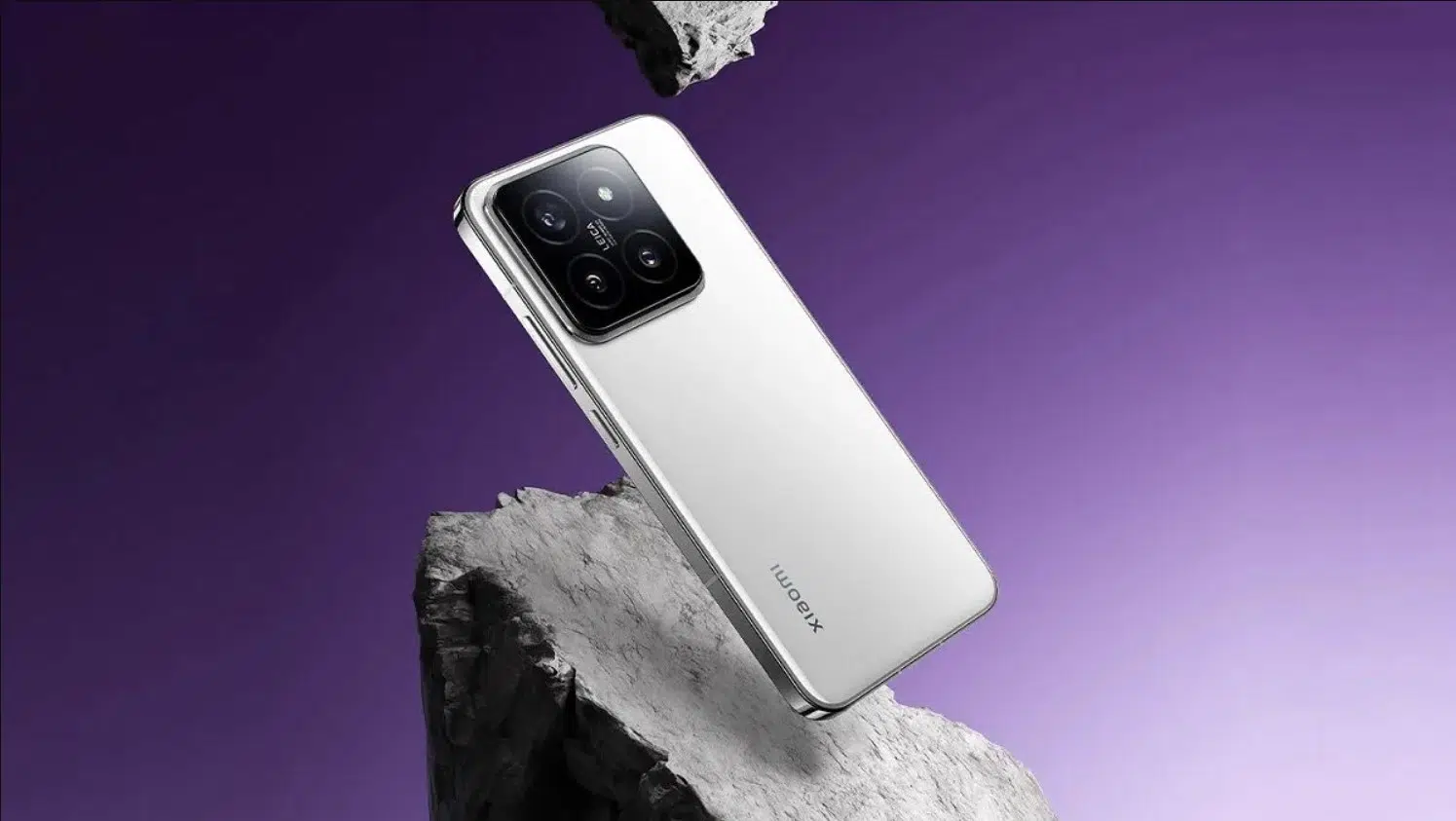Smartphones are important in our fast-paced world. The charging port keeps them alive. Charging ports have changed over time, with a history of interesting innovation and adaptation. With multiple types and standards in circulation, it can be a daunting task to keep track of them all. Take a fun test in this article to see how well you remember current charging ports.
Nokia’s Proprietary Charging Ports
Over the years, Nokia, a big player in the mobile phone industry, used its own charging ports. One of the most iconic was the Nokia 2mm and 2.5mm charging port, widely used on older Nokia phones. It was a relatively small and simple connector, emblematic of the early era of mobile phones. Nokia had different charging ports for their devices that were only for them.
Apple’s Lightning
In the Apple ecosystem, the Lightning port reigns supreme. This proprietary charging port is exclusively used on iPhones, iPads, and some iPods. Apple’s commitment to user-friendly experiences is evident in the design of this product. The product also focuses on a specific ecosystem.
Apple’s 30-Pin Dock Connector
In the early days of Apple devices, there was the iconic 30-pin dock connector. This was used on older iPhones, iPads, and iPods. The 30-pin connector is a part of history. It shows how Apple devices used to connect.
The USB-A Standard
Let’s start with the USB-A standard, the one that most of us are familiar with. It’s the rectangular, flat port that has been a cornerstone of connectivity for years. Devices like older Android phones, cameras, and even game controllers often use USB-A ports. Modern charging port technology is built on this standard, which serves as its foundation.
USB Micro-B
The charging port, smaller than USB-A, has a trapezoidal shape. It has been important for Android devices. Before USB-C, this Android phone was the best, showing how smartphone charging has improved.
USB-C
USB-C is the superstar of the modern charging world. With its small, oval-shaped port, it has become the universal symbol of connectivity. USB-C is found on many devices, like smartphones, tablets, laptops, and accessories. The reversible design is very convenient. Users can plug in their devices without worrying about the port’s orientation.
Mini-USB
Mini-USB, while less common these days, has left its mark. It’s smaller than USB Micro-B. It might appear on older cameras or niche devices. It reminds us of a time when smartphone charging was more varied.
USB 3.0
USB 3.0 introduced a new era with its blue color-coded port. In addition to charging, it also made data transfer faster. This made it a popular choice for external hard drives and data-centric peripherals. It paved the way for more efficient data management alongside charging.
Conclusion
Remembering all these charging ports can be a bit of a challenge, especially if you own devices with different port types. Luckily, as USB-C becomes more common, we need fewer cables and adapters. To ensure you can charge your devices, keep track of the charging port. It’s usually USB-C, Lightning, or USB Micro-B. Buy versatile cables and adapters for all your charging needs.
This journey explores charging port history, highlighting ongoing innovation and adaptability of technology. It shows human drive for connectivity and convenience in the digital age. If you like technology or use your smartphone daily, understanding charging ports can help you stay connected and charged. It also helps you appreciate how smartphone charging is always changing.












